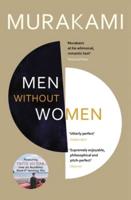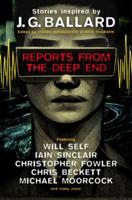Publisher's Synopsis
A book that looks like it has fallen through time (at least until you open it up), Hunted Down and Other Tales by Marcus Clarke collects and remixes three stories by nineteenth-century author Marcus Clarke.
It's been described as 'intricately beautiful', 'brain spinning' and (seriously) 'digital, historical, physical, fun, provocative, contemporary, formally playful and generally delicious'.
Written by Simon Groth and designed by George Saad, the book is filled with typographic play, advertising, and self-reference while examining how much (and how little) has changed in the 150-odd years since Clarke's original works.
From the outside, the book takes its cues from the tiny short story collections Clarke published in the 1870s, but, inside, Clarke's stories give way to a series of increasingly intrusive remixes.
It begins with two original stories by Clarke, unmodified.
Hunted Down is a fourth-wall-breaking precursor to modernism where Clarke's own characters attack the author for making their lives so miserable. It appears here in its original length for the first time (we think) since it appeared in The Australasian on 6 May 1871.
The Poor Artist, the story that inspired this book, resonates with the same sharp observations on creativity and failure today as it did in 1872.
Then we start remixing.
How the Circus Came to Bullocktown was already a wild and chaotic story but here it has a remix toolbox thrown at it: the text is annotated, deleted (almost), formed into typographic puzzles, and detached from the page altogether and onto other print media (a poster, a newspaper clipping, a beer coaster).
The Poor Writer is a 'beat by beat' remix of Clarke's 'Poor Artist', relocating much of its setting to Facebook messages in a contemporary Australia.
The final story with the unlikely title Hi, I'd Like To Add You To My Professional Network on LinkedIn remixes 'Hunted Down' with remixer Simon Groth taking the place of Clarke. The story begins with Groth's previously published characters accosting him as per the original story, until Marcus Clarke himself appears, incensed at the butchery that is happening with his work.










